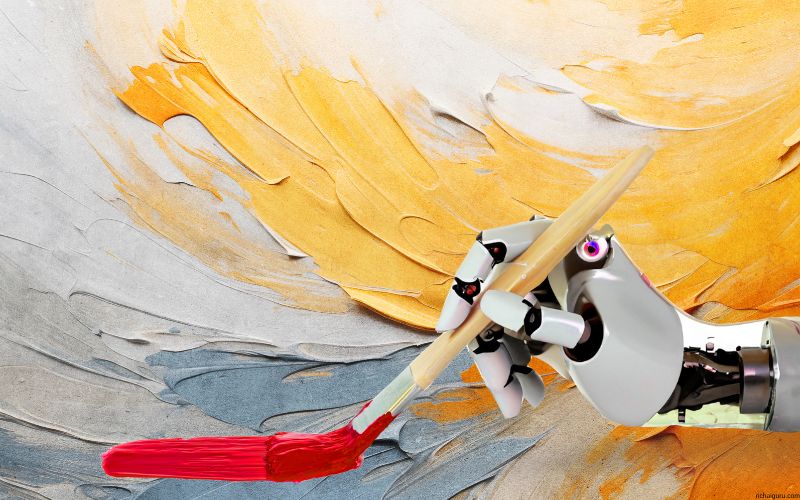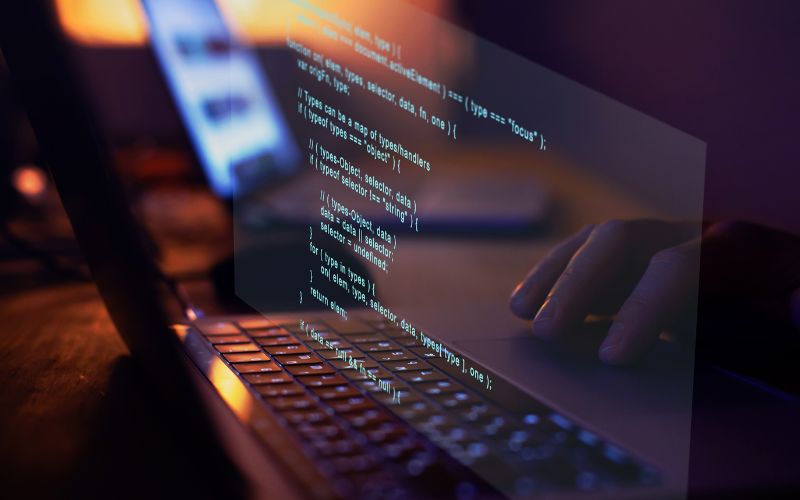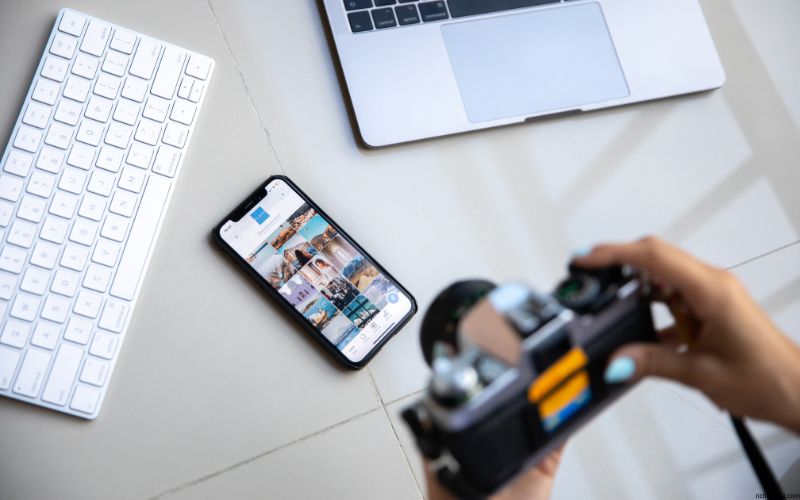In 2025, AI-generated images are no longer a novelty—they’re a necessity for content creators, marketers, designers, and businesses looking to stay ahead in the visual game. Whether you’re creating thumbnails, social media posts, ads, product photos, or illustrations, AI tools can help you generate stunning, high-resolution images in minutes without expensive design software or advanced skills.
This article will walk you through how to use AI to generate high-quality images step-by-step, even if you’re a complete beginner.
Step 1: Choose the Right AI Image Generation Tool
There are many powerful AI image generators available today. Each one is optimized for specific use cases:
✅ Top AI Image Tools in 2025:
DALL·E 3 (OpenAI) – Best for artistic, detailed, and prompt-driven imagery.
Midjourney v6 – Ideal for creative, stylized visuals and branding.
Leonardo AI – Great for concept art, gaming assets, and commercial use.
Adobe Firefly – Best for professional designers, integrates with Photoshop.
Microsoft Designer – Easy-to-use tool for business creatives and social media assets.
Canva AI – Beginner-friendly, ideal for marketing visuals and presentations.
Step 2: Write an Effective Prompt
AI image tools rely heavily on prompt engineering—how well you describe what you want.
✍️ Good Prompt Example:
“A futuristic city skyline at night, glowing neon lights, cyberpunk aesthetic, rain reflections on the street, ultra-HD, 16:9 ratio”
🔁 Prompt Components to Include:
Subject: What should the image depict?
Style: Realistic, cartoon, surreal, minimalistic?
Mood: Bright, dark, romantic, cinematic?
Resolution/Format: Square (1:1), vertical (4:5), landscape (16:9)?
Detail level: Ultra-detailed, sketch, 3D render, flat design?
The more specific your prompt, the better your results.
Step 3: Customize Settings (If Available)
Advanced tools like Midjourney, DALL·E, and Leonardo allow you to fine-tune your outputs.
⚙️ Customization Options:
Image Dimensions – Choose the right aspect ratio (e.g., 1080×1350 for Instagram).
Style Strength – Control how “artistic” the image should look.
Variations – Generate multiple versions of the same prompt.
Image-to-Image – Upload a photo and let AI enhance or transform it.
Step 4: Generate and Select the Best Images
Once you’ve entered your prompt:
Click “Generate” and wait a few seconds.
Review the variations AI provides.
Choose the one that matches your vision or request a regeneration.
Download in your desired resolution.
Most platforms support HD and 4K downloads in 2025—perfect for print or web use.
Step 5: Enhance and Edit (Optional)
Even great AI images can benefit from a touch-up.
🛠 Tools to Polish Your AI Images:
Canva / Adobe Express – Add text, overlays, brand elements.
Photoshop + Firefly AI – Advanced retouching and layering.
Remini / Gigapixel AI – Upscale blurry images to ultra-HD.
Cleanup.pictures – Remove unwanted objects from AI images.
Editing lets you align the image more precisely with your message or aesthetic.
Step 6: Use Your Images Strategically
Now that you’ve generated beautiful visuals, put them to work:
Content Creators: Use them for YouTube thumbnails, blog headers, eBooks, Reels, and carousels.
Marketers: Create high-converting ads, product mockups, or landing page graphics.
Ecommerce Sellers: Generate lifestyle photos and product previews.
Authors: Make book covers, illustrations, or promo graphics.
AI lets you build entire brand visuals without hiring a designer.
Bonus: Generate Images From Text + AI Voice
Combine text + AI tools for total media creation:
Use ChatGPT to write a blog or script.
Turn that text into voice using ElevenLabs.
Then generate supporting images using DALL·E or Midjourney.
Combine them in CapCut or Canva Video Editor for complete content automation.
Best Practices for High-Quality AI Image Generation
Refine your prompt after every generation—test variations.
Be clear about the output format (for social, websites, print).
Check usage rights—tools like Firefly and Leonardo offer royalty-free images for commercial use.
Stay on brand—use consistent color themes and visual styles.
Avoid clutter—clean, focused images are more engaging.
Common Use Cases in 2025
| Use Case | Tool of Choice | Tip |
|---|---|---|
| Social Media Posts | Canva AI, Microsoft Designer | Use bold text + AI visuals |
| YouTube Thumbnails | Midjourney, Leonardo | Emphasize emotions and objects |
| Product Mockups | Adobe Firefly, DALL·E | Include shadows & textures |
| Blog Illustrations | ChatGPT + DALL·E | Align images with article sections |
| Branding | Midjourney + Photoshop | Keep color palette consistent |
Final Thoughts
In 2025, AI image generation is not just about speed—it’s about creativity, strategy, and storytelling. Whether you’re a solopreneur, content creator, or digital marketer, mastering these tools allows you to save time, cut costs, and elevate your visual identity.
The future of design isn’t reserved for designers—it’s now open to everyone who can describe a vision and let AI bring it to life.


